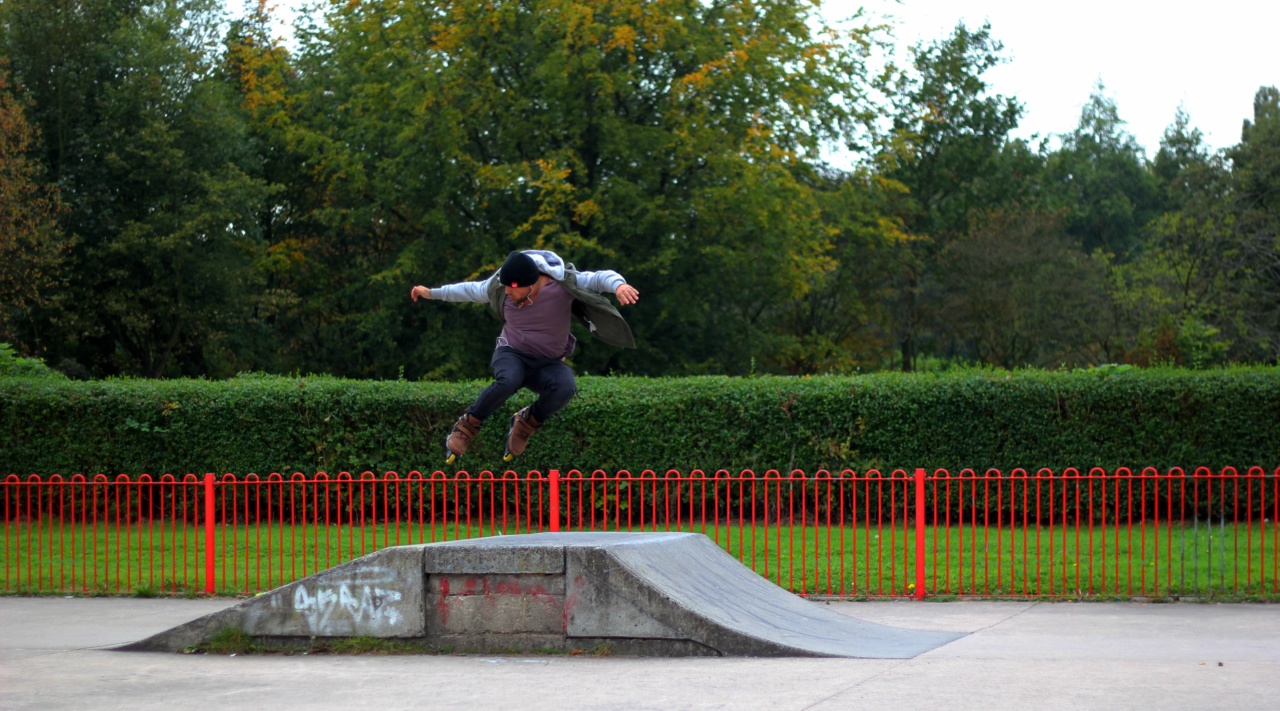Getting braces can be an intimidating experience for any child, especially when it coincides with the start of a new school year.
With new appliances in their mouth and potential discomfort, it is essential to help your child acclimate to both braces and school simultaneously. This article will provide useful tips and tricks to assist in making this transitional period as smooth as possible.
1. Communicate openly
Open communication is key to helping your child through this adjustment period. Talk to them about why braces are necessary and the benefits they will bring in the long run. Ensure they understand that the initial discomfort is normal and temporary.
2. Early preparation
Before the school year starts, schedule an appointment with your child’s orthodontist. This allows their braces to be adjusted as necessary, ensuring minimal discomfort during the first few weeks at school.
It also provides an opportunity to address any concerns your child may have.
3. Encourage good oral hygiene habits
Oral hygiene is particularly crucial for individuals with braces. Teach your child how to brush and floss properly to prevent plaque buildup and gum diseases.
Provide them with necessary tools such as interdental brushes and floss threaders to ease the process.
4. Pack a braces-friendly lunch
While school meals may not always be entirely braces-friendly, packing a lunch with braces-approved foods ensures your child can comfortably eat. Avoid crunchy or sticky foods that may damage the braces or get stuck in them, causing discomfort.
5. Provide pain relief options
The first few days or weeks after getting braces can be uncomfortable. Stock up on over-the-counter pain relievers recommended by the orthodontist to alleviate any discomfort your child may experience.
Applying orthodontic wax to the braces’ edges can also help reduce irritation.
6. Offer soft foods and cold treats
During the initial adjustment period, provide your child with soft foods that require minimal chewing. This reduces discomfort while ensuring proper nutrition.
Additionally, cold treats like ice cream or frozen yogurt can help numb any soreness temporarily.
7. Prepare your child for potential teasing
Unfortunately, some children may face teasing or bullying due to their braces.
Discuss potential scenarios with your child and provide them with strategies to handle such situations, such as ignoring the comments or confiding in a trusted teacher or friend.
8. Encourage participation in extracurricular activities
Getting involved in extracurricular activities can help distract your child from any initial discomfort or self-consciousness.
Engaging in sports, clubs, or hobbies allows them to focus on their interests and socialize with peers who share similar passions.
9. Foster a positive mindset
Help your child develop a positive attitude towards their braces by highlighting the desirable outcomes.
Emphasize the enhanced smile they will achieve and remind them that countless individuals have gone through a similar journey with successful results.
10. Regular check-ins with the orthodontist
Schedule regular check-ups with your child’s orthodontist to monitor progress, address any concerns, and make necessary adjustments. This ensures that your child’s treatment plan is on track, and any issues can be addressed promptly.
Conclusion
Acclimating your child to braces and school can be challenging, but with proper guidance and support, the transition can be made easier.
By fostering open communication, preparing in advance, encouraging good oral hygiene, and providing necessary pain relief options, the initial discomfort can be minimized. Additionally, fostering a positive mindset, preparing for potential teasing, and engaging in extracurricular activities can help your child navigate this period with confidence.
Remember to schedule regular check-ups with the orthodontist to ensure their treatment plan is progressing as expected. With these tips and tricks, your child will soon adjust to their new braces and school routine, all while maintaining a healthy smile!.































